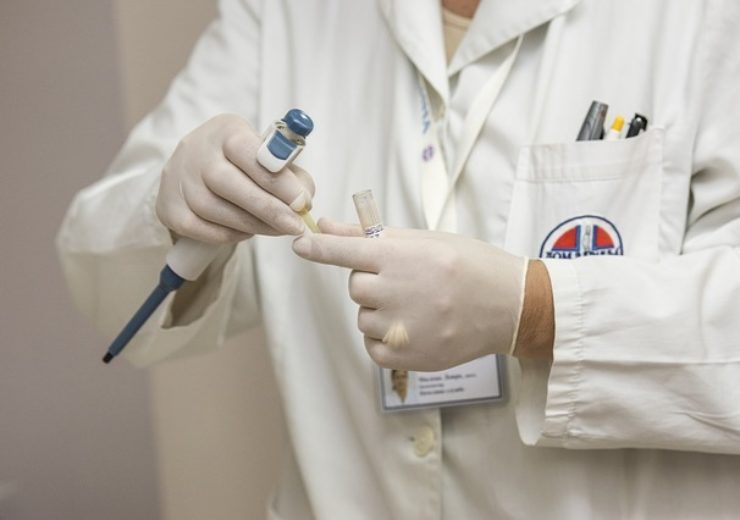CLTI patients often undergo profound, chronic pain and develop festering wounds or infections that lead to major limb amputation, and are closely associated with increased mortality and reduced quality of life

Image: LimFlow system is designed to bypass blocked arteries in the leg of a CLTI patient. Photo: Courtesy of Darko Stojanovic from Pixabay.
French medical device company LimFlow has received the Investigational Device Exemption from the US Food and Drug Administration (FDA) approval for the PROMISE II pivotal study of the LimFlow Percutaneous Deep Vein Arterialization (pDVA) System.
LimFlow is a developer of minimally-invasive technology for the treatment of chronic limb-threatening ischemia (CLTI), a severe form of peripheral artery disease (PAD) that often occurs in patients suffering from coronary artery disease, diabetes, obesity, high cholesterol and high blood pressure.
CLTI patients often undergo profound, chronic pain and develop festering wounds or infections that lead to major limb amputation, and are closely associated with increased mortality and reduced quality of life.
LimFlow CEO Dan Rose said: “Major amputations have a devastating effect on the lives of patients and their families, and each one is a personal tragedy. Chronic Limb-Threatening Ischemia is a public health crisis and far too many limb amputations are performed in the world today, costing the healthcare system many billions of dollars.
“As part of the FDA Breakthrough Devices program, LimFlow is excited to commence its U.S. pivotal trial on the heels of the successful experience from the U.S. feasibility study. This is a tremendous milestone that furthers our mission of empowering vascular specialists to offer new hope to their CLTI patients who may be only days away from losing a limb.”
Details of the PROMISE II clinical study
PROMISE II is a multi-centre, prospective, single-arm study planned to be carried out in the US and Japan, enrolling 60 to 120 ‘no option’ CLTI patients, using an adaptive statistical design.
Amputation-free survival at six months, limb salvage and wound healing are the endpoints of the study, and the subjects would be followed out to three years.
In addition, an independent physician committee has determined that the ‘no option’ patients enrolled for the PROMISE II study are not considered for conventional endovascular or surgical therapy for CLTI.
The company said that its minimally-invasive LimFlow system is designed to bypass blocked arteries in the leg of a CLTI patient and deliver oxygenated blood to the foot through the veins, in the event of major amputation due to exhaustion of all other therapeutic options.
In addition, restoring perfusion in the lower limbs is observed to resolve chronic pain, improve quality of life, enable wound healing and prevent major amputation in many patients.
PROMISE II principal investigator Daniel Clair said: “For these late-stage CLTI patients, success can be defined in two ways: wound healing and amputation-free survival. This exciting new therapy has the potential to restore blood flow to the ischemic foot, which may help patients heal their wounds and keep their feet.
“I am very encouraged by the early experiences in the US, and outcomes from this pivotal trial may offer hope to the many Americans who might otherwise face major amputations.”
